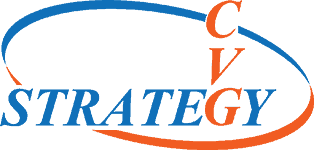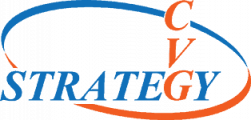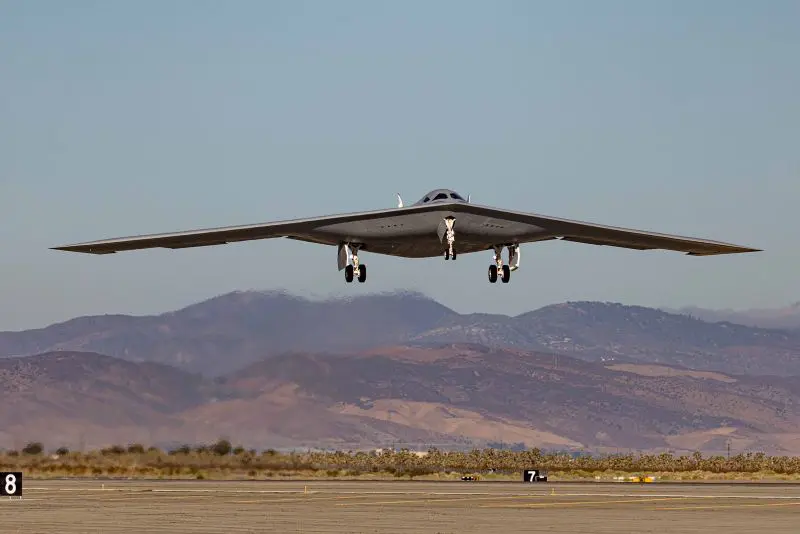Photo courtesy of Dept. of War
MIL-STD-810 utilizes a tailoring process for developing test procedures and parameters that reflect expected environmental stresses in a products life cycle. MIL-STD-810 Environmental Engineering Considerations and Laboratory Tests is a standard for environmental developmental test and evaluation. It is used to create analysis and test criteria, identify deficiencies and defects, and determine compliance to requirements.
History of Tailoring in the MIL-STD-810 Standard
MIL-STD-810 has gone through many revisions since its initial release. It began as AAF Specification 41065 in 1945 and was introduced as MIL-STD-810A in 1962. As it has evolved. the standard has placed increasing emphasis on developing test procedures that simulate realistic parameters instead of relying on a cookbook approach. This emphasis ramped up in 1983 with the release of revision D. This revision was the result of cooperation between industry representatives and military services to get rid of long held assumptions on testing parameters.
Life Cycle Environmental Profile
Revision D introduced the Life Cycle Environmental Profile (LCEP). An LCEP is an analysis of the environmental stresses likely to be encountered during the entire life of a product, from manufacturing to end of life. It serves as an input for a Environmental Issues/Criteria List (EICL) which is a collection of justified environmental parameters for design and product test. These stresses include those found in logistical, tactical, and operational phases.
The LCEP process is performed early in product development to determine product specification criteria and possible test requirements. Revision G change 1 in 2014 included LCEP worksheets in part 1 of the standard to guide product developers through the process.
The Evolution Continues
MIL-STD-810 has continued its efforts to promote laboratory testing that reflects real life stress scenarios. Recent revisions have required testing to include electrical anomalies present in operational scenarios. This requirement involves introducing voltage, frequency, and phase fluctuations to items in operational testing.
Further requirements are certain to arise as the standard evolves to meet the challenges of developing technologies. These requirements will require development teams and defense acquisition personnel to perform more analysis before specifying test requirements.
CVG Strategy EZ-Test Plan Templates
CVG Strategy provides a wide array of test plan templates that meet industry standards. This documentation ensures that testing is performed accurately and that necessary data is collected. These documents help communicate test requirements to test facility operators and test engineers. Test plans are available for the following standards:
- MIL-STD-810 Environmental Engineering Considerations and Laboratory Tests
- MIL-STD-461
- MIL-STD-704
- MIL-STD-1275
- MIL-STD-1399-300B
- IEC 60529
Several categories of test plans are available for developmental test and evaluation of defense products. These include:
Ingress Protection test plans are available for testing per IEC 60529 for enclosure testing against dust, penetration, water splash, water jet spray, and immersion.
MIL-STD-810 Training
CVG Strategy offers a two-day Training for MIL-STD-810 Program designed to provide you with a solid basis to build your knowledge and expertise. This live training webinar will give you and your employees who are new to environmental and dynamic testing a jump start towards understanding and learning the very complex and lengthy testing standard and its methods.
CVG Strategy Test and Evaluation Expertise
CVG Strategy can assist your product development team with test and evaluation expertise. We provide can provide compliance by analysis reports, create custom test program documentation, provide troubleshooting and analysis for difficult EMI/EMC issues and perform finite element analysis.



